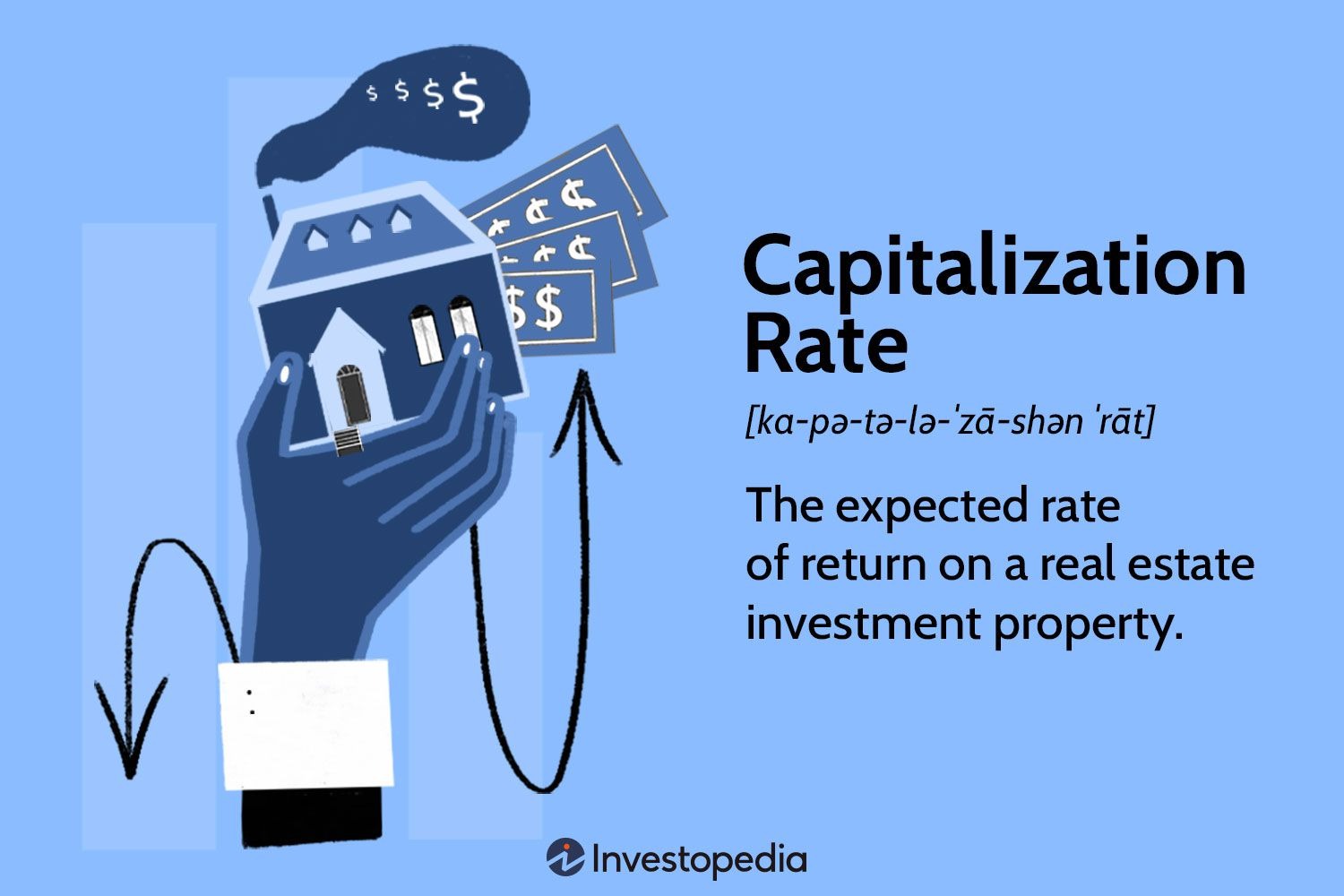Are you ready to explore the world of real estate investing and uncover the secrets of evaluating properties? Understanding the capitalization rate, also known as Cap rate, is essential for making informed investment choices, notes Keyrenter St. Louis West team
This key metric measures ROI and the expected annual rate of return from a property. By mastering the Cap rate formula and its application, you can effectively compare different real estate opportunities.
Remember, combining Cap rate with other metrics for a thorough analysis is crucial. Get set to unravel the nuances of Cap rate and empower yourself in the real estate market.
Importance of Cap Rate in Real Estate
When evaluating real estate investments, understanding the importance of the capitalization rate (Cap rate) is crucial. It serves as a key metric for assessing potential returns. The Cap rate calculator is a valuable tool for determining this metric, helping you calculate the relationship between the property’s net operating income (NOI) and its current market value.
By utilizing tools like the Chatham Rate Cap Calculator or other Cap rate calculator real estate, you can make informed decisions about which properties offer the best returns. This calculation is vital for comparing different investment opportunities and ensuring you’re investing in properties that align with your financial goals.
Make sure to factor in all relevant data accurately to get a clear picture of each property’s potential profitability.
Understanding the Cap Rate Formula
To understand the Cap Rate Formula, start by calculating the Net Operating Income (NOI). This is done by subtracting the Operating Expenses from the Gross Operating Income (GOI). Ensure to include Vacancy Loss in your NOI calculation.
Once you have the NOI, you can then divide it by the Current Market Value to obtain the Cap Rate. The Current Market Value is determined through property appraisal or comparative market analysis.
More Read
Remember, the Cap Rate Formula is simply NOI divided by Current Market Value. By grasping these fundamental calculations, you can better assess the potential return on investment a property may offer.
Understanding the Cap Rate Formula is crucial for making informed decisions in real estate investments.
Practical Applications of Cap Rate
Utilize the cap rate as a benchmark for evaluating long-term income-generating properties effectively. When considering potential real estate investments, focus on properties that align with your long-term financial goals.
By using the cap rate, you can compare different investment opportunities and make informed decisions based on their expected returns. Remember that the cap rate is most suitable for properties that generate consistent income over an extended period.
Avoid relying solely on the cap rate for short-term investments or properties heavily dependent on financing. Instead, consider other metrics like cash-on-cash return for a more comprehensive analysis.
Utilizing a Cap Rate Calculator
To effectively calculate a property’s capitalization rate, input the necessary figures into the cap rate calculator. Start by entering the current market value, annual potential rental income, annual vacancy loss, and annual operating expenses.
Remember that the current market value may differ from the purchase price, and the potential rental income should encompass all revenue sources. Account for vacancy loss to estimate income lost during property vacancies.
The calculator will then determine the Net Operating Income (NOI) and calculate the final cap rate as a percentage. This tool streamlines the process and ensures accuracy in evaluating the property’s investment potential.
Utilize the cap rate calculator to make informed decisions and assess the profitability of real estate investments effectively.
Key Considerations for Cap Rate Analysis
When analyzing cap rates in real estate, it is essential to prioritize understanding potential risks and profitability. Consider the property type and location’s stability, as these factors can impact investment returns.
Evaluate the property’s condition, tenant quality, and lease terms to anticipate potential income fluctuations. Additionally, factor in market trends and economic conditions that could affect property values and rental demand.
Remember that a higher cap rate may indicate higher risk or lower property value, while a lower cap rate could suggest a safer investment with potentially lower returns. Balance these aspects carefully to make informed decisions about the property’s long-term profitability and risk level.
Conclusion
Now that you understand the importance of Cap rate in real estate investing, you have the tools to make informed decisions and evaluate properties effectively.
By mastering the Cap rate formula and utilizing a Cap rate calculator, you can confidently compare different opportunities and determine the potential return on investment.
Remember to consider key factors and conduct thorough analysis to ensure success in your real estate ventures.
Happy investing!

















